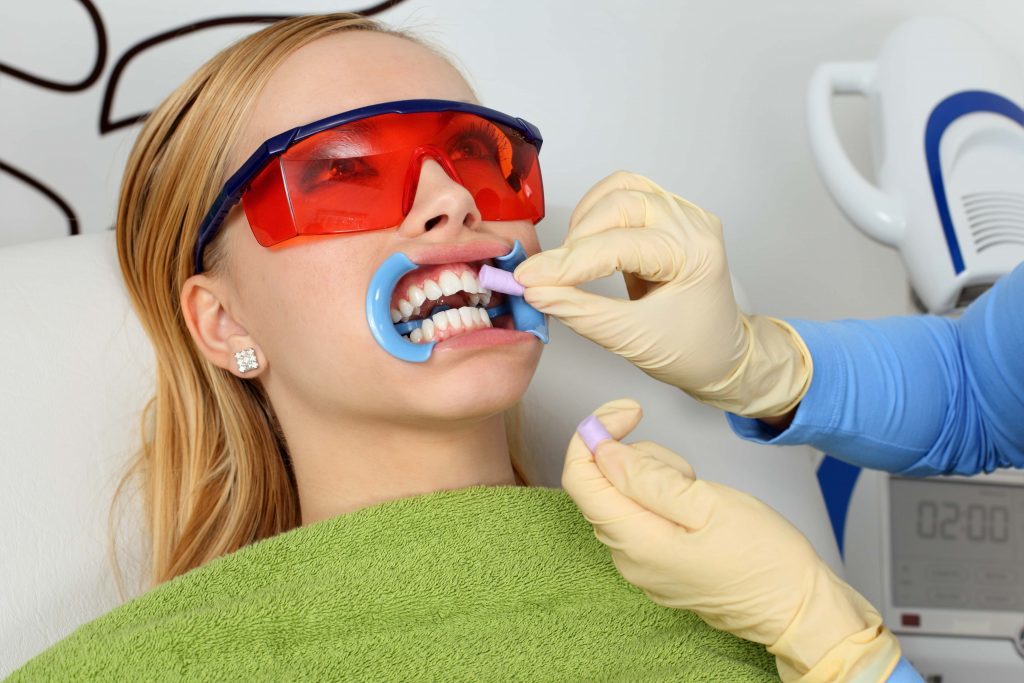 James Helliwell describes the new standards developed in America to combat the number of illegal tooth whiteners.
James Helliwell describes the new standards developed in America to combat the number of illegal tooth whiteners.
With the rising popularity of teeth whitening, there has been a lot of illegal activities by unqualified individuals who offer the service at much cheaper rates. The effect has been that more and more people have had to endure permanent teeth damage because, professionally speaking, beauticians are not trained to determine a person’s suitability for teeth whitening.
Dental professionals have had to grapple with this issue. Although it is against acceptable dental practice for anyone who is not a dentist to give treatment, advice or attendance that should ordinarily be given by a professional, it is not unusual to find unqualified individuals engaging in this.
Another major concern for dentists, has been the increase in different teeth whitening products, some of which consumers have been encouraged to apply without seeking professional help or considering medical history.
According to a statement released by the American Dental Association, there is a need for the concept of whiteners to be defined in uniform terms, given the rising number of teeth whitening products. Between bleaching products that help to remove intrinsic and extrinsic stains and non-bleaching whitening products, a key ingredient is hydrogen peroxide.
In the process of making teeth appear whiter, bleaching agents containing peroxide and dentifrices (whitening toothpastes) are used.
- Peroxide-containing bleaching agents: considering that carbamide peroxide is used in many bleaching products, it breaks down into hydrogen peroxide and urea. When misused, patients suffer tooth sensitivity, and irritation of tissues in the mouth or oral mucosa. Although these may be temporary effects, in extreme cases, patients have suffered irreversible tooth damage
- Professionally applied products: there are different professionally-applied bleaching products that are used. According to a dental professional at Advanced Dental Concept, ‘In keeping with current dental practice when using these products, it is important to go with the acceptable standard in relation to the concentration of its ingredients, and it is also necessary to follow the right application procedure’
- Whitening toothpastes and home products: consumers have access to over-the-counter home-use whitening products. Whitening toothpastes containing agents that remove surface stains have also been effective.
The use of hydrogen peroxide
The rise in numerous self-help procedures in relation to teeth whitening is a worrisome development, especially in relation to the use of hydrogen peroxide. Although there are benefits that professionals have attested to, the problem is in the uncontrolled information and advice surrounding the use of hydrogen peroxide as a teeth whitener. According to research, it has a cytotoxic effect on the dental pulp cell, which can be harmful, if it is not applied by a professional.
Dental professionals express concerns
Dentists and hygienists have expressed growing concerns over the increased use of bleaching agents by the public. Accordingly, the American Dental Association (ADA) developed a standard to assure professionals of the safety of bleaching products. The standard is based on requirements such as an acceptable concentration level of active ingredients, enamel safety, soft tissue and restoration safety, as well as instructions for proper use.


